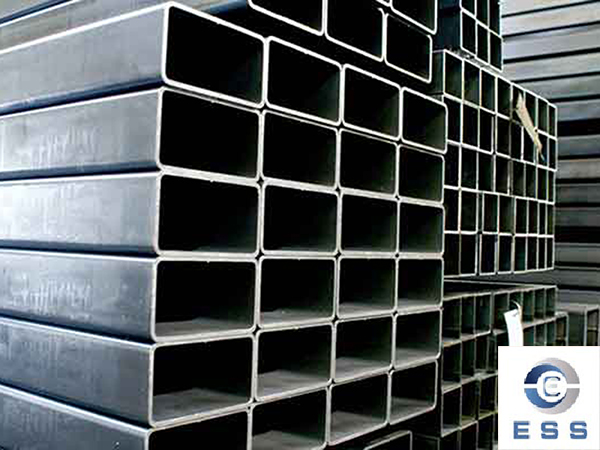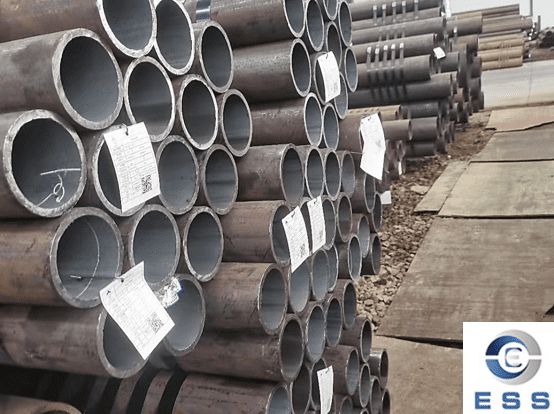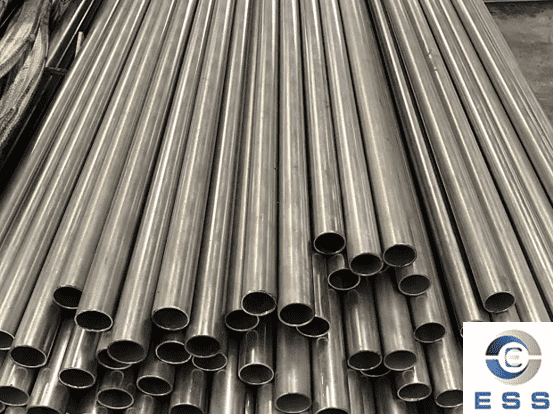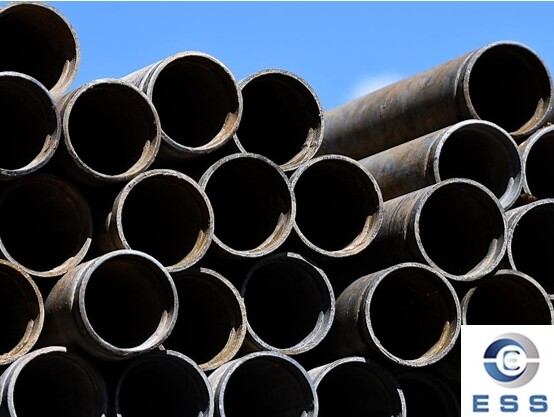The Benefits of Using Rectangular Tube for Your Next Project
When it comes to construction and manufacturing projects, choosing the right materials is essential for achieving structural integrity, cost-effectiveness, and aesthetic appeal. One versatile option that has gained significant popularity in recent years is the rectangular tube. This article will explore the numerous benefits of using rectangular tubes, discussing their structural advantages, versatility, cost-effectiveness, and environmental sustainability. Whether you are working on a residential, commercial, or industrial project, the use of rectangular tubes can provide you with an array of advantages.

1.Structural Advantages
1.1 Strength and Load-Bearing Capacity
Rectangular tubes are known for their exceptional strength and load-bearing capacity. The rectangular shape allows for efficient weight distribution, making them ideal for supporting heavy loads and withstanding structural stress. The inherent strength of rectangular tubes allows for the creation of robust structures that can withstand various environmental and operational conditions.
1.2 Resistance to Bending and Buckling
The rectangular shape provides significant resistance to bending and buckling forces, ensuring structural stability. This characteristic is particularly advantageous in applications where the materials need to maintain their shape and integrity, such as in building frameworks, trusses, and supports.
1.3 Design Flexibility
Rectangular tubes offer design flexibility, enabling architects and engineers to create intricate and visually appealing structures. The straight sides and sharp corners of rectangular tubes make them ideal for creating geometric shapes, angles, and frames, enhancing the overall aesthetics of a project.
2.Versatility
2.1 Wide Range of Applications
Rectangular tubes find applications in diverse industries such as construction, manufacturing, infrastructure, and transportation. They are extensively used in the construction of buildings, bridges, furniture, automotive frames, playground equipment, fencing, and many other structural components. The versatility of rectangular tubes makes them suitable for both structural and decorative purposes.
2.2 Easy Fabrication
Rectangular tubes can be easily fabricated and customized to meet specific project requirements. They can be cut, welded, bent, drilled, and shaped into various configurations, allowing for seamless integration into complex structures. The ease of fabrication saves time and costs during the construction or manufacturing process.
2.3 Compatibility with Other Materials
Rectangular tubes can be combined with other materials, such as glass, wood, or concrete, to create composite structures that harness the benefits of each material. This compatibility enhances the versatility of rectangular tubes and allows for innovative design solutions.
3.Cost-Effectiveness
3.1 Material Efficiency
The rectangular shape of the tube maximizes material efficiency, as it provides strength and stability with minimal use of material. This efficient use of resources helps to reduce material costs and waste, making rectangular tubes a cost-effective option for construction and manufacturing projects.
3.2 Lower Installation Costs
Rectangular tubes are relatively lightweight compared to solid structures, which simplifies transportation and installation processes. The reduced weight not only lowers transportation costs but also makes the installation process quicker and easier. Additionally, the ease of fabrication and customization further reduces labor costs associated with shaping and fitting the tubes.
3.3 Longevity and Low Maintenance
Rectangular tubes are highly durable and resistant to corrosion, weathering, and other forms of degradation. This durability translates into a longer lifespan, reducing the need for frequent maintenance or replacements. The long-term cost savings associated with lower maintenance requirements make rectangular tubes an economical choice for long-lasting structures.
4.Environmental Sustainability
4.1 Recyclability
Rectangular tubes are typically made from metals such as steel or aluminum, both of which are highly recyclable materials. Choosing rectangular tubes contributes to the circular economy by reducing the demand for new raw materials and minimizing waste sent to landfills.
4.2 Energy Efficiency
The production of rectangular tubes involves less energy consumption compared to other construction materials like concrete or solid steel beams. By using rectangular tubes, you can significantly reduce the carbon footprint of your project, contributing to a more sustainable future.
4.3 Reduced Environmental Impact
The lightweight nature of rectangular tubes minimizes the environmental impact during transportation, reducing fuel consumption and greenhouse gas emissions. Additionally, their long lifespan and low maintenance requirements contribute to sustainable construction practices.
Conclusion
Rectangular tubes offer numerous benefits that make them an excellent choice for various construction and manufacturing projects. From their exceptional strength and load-bearing capacity to their design flexibility and environmental sustainability, rectangular tubes provide a winning combination of functionality, versatility, cost-effectiveness, and eco-friendliness. Whether you are an architect, engineer, contractor, or DIY enthusiast, considering rectangular tubes for your next project can lead to enhanced structural integrity, efficiency, and a positive impact on the environment.













 Eastern Steel Manufacturing Co.,Ltd not only improve product production and sales services, but also provide additional value-added services. As long as you need, we can complete your specific needs together.
Eastern Steel Manufacturing Co.,Ltd not only improve product production and sales services, but also provide additional value-added services. As long as you need, we can complete your specific needs together.










